Humming Blog |
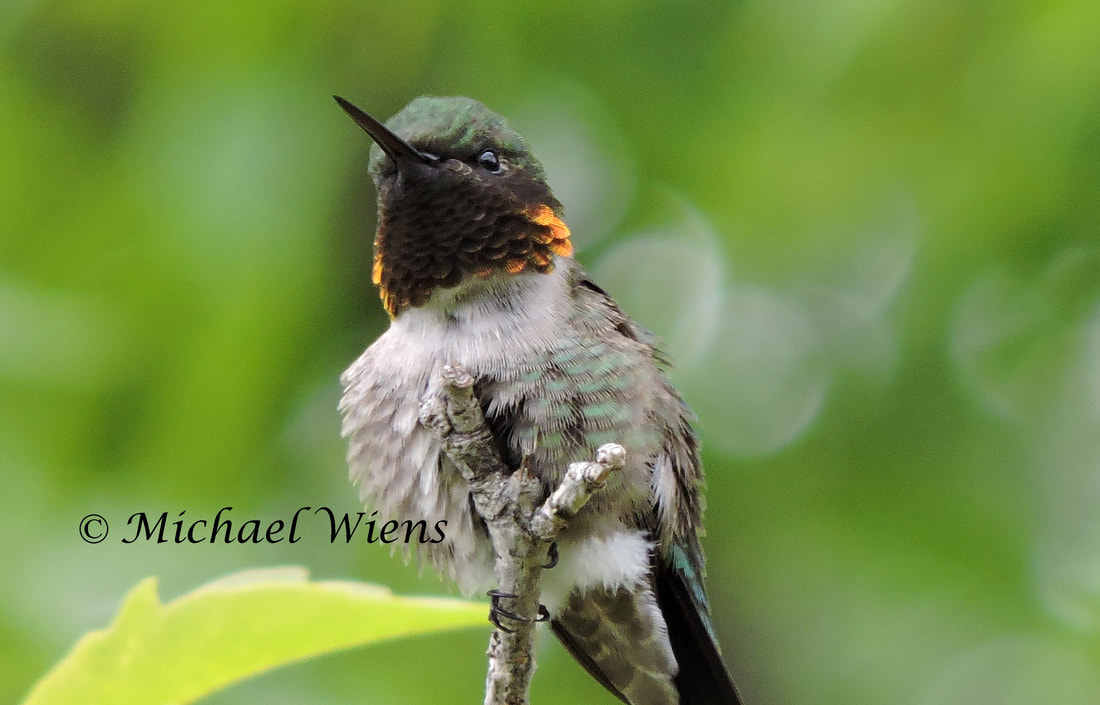 The season begins with the adult male hummingbirds choosing a territory suitable for all their needs. Many of these males will return from previous years to the gardens they love, while many young males from the previous year are now of age to start a legacy of their own. They will search out quality locations that contain all the needs required for the breeding season to be successful. What we have to understand is that they will seek out a garden, or several within a small area, that contain an abundance of food, shelter, water, and let's not forget a few luxuries. If they see enough goodies within your garden, it will be incentive to stick around and wait for the females to arrive. The better your garden, the more males you'll have competing for that territory. Ultimately, one will win out, but the sweet desires throughout that garden will be temptation enough for the runners up to keep returning. You will know by the number of males that stick around your garden, just how good it is. It's not you, but they, who will determine the quality of your garden. Think like a hummingbird, and don't limit yourself to good enough. Increase your flower selection, especially those they love, and have multiple feeders. Add water features, hummingbird swings, and color to get their attention. Spread out feeders from corner to corner, and let them know that they have more than enough reasons to stay in your garden over the rest. This is my Ziggy. He's one of about four male Ruby-throats that stick around each Spring, but he's earned the title for the past few years. June 8, 2019. North east of Edmonton, Alberta, Canada
0 Comments
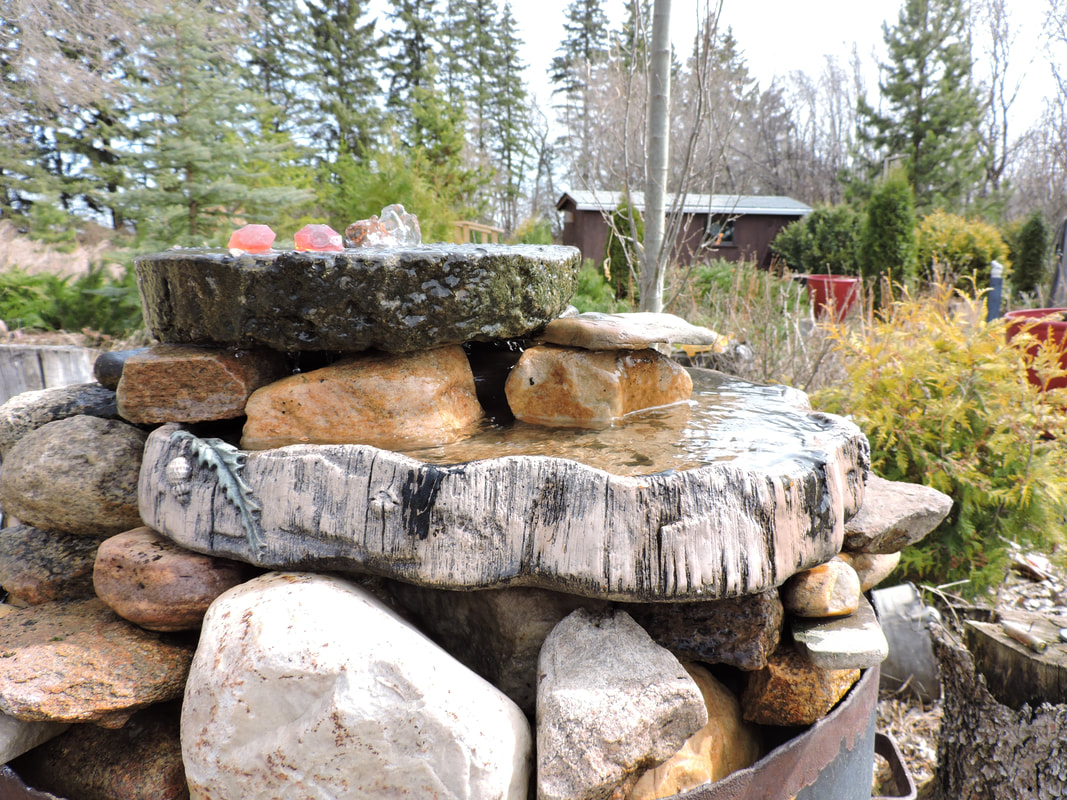 After another harsh winter, of cold temperatures and heavy snow, I was disappointed to see that part of my bird fountain had disintegrated to nearly a powder. It did, however, give me another opportunity to recreate something that would work for all our returning songbirds, and hummingbirds. There are fountains and birdbaths of all sorts, available in all shapes and sizes, but they don't always have the features most desired. I'm one of those people who are always saving bits and bobs, thinking that one day they will be of use or value. We had a birdbath that developed hairline cracks, and after a day or two all of the water would drip out, pretty much making it useless, or so I thought. Its size and shape made it perfect for the drum of my fountain. It didn't need to hold water for days because that portion of the fountain would fill up and gently spill over the edge. Not only did it increase the bathing space, but now it allows for a couple different birds to bathe at the same time. It took a bit of time to strategically place various sizes of rocks in the drum, making sure that everything was relatively level, with no water running outside the drum. Now that it's all complete, you can see different aspects of our fountain. The flat stone that I created on top allows water to spill over and run down over the rocks. Most of the water runs into the main portion of a birdbath. Once it fills up, there's a constant flow of water gently flowing over the edge in various places. I know, without a doubt, that the songbirds will be taking full advantage of this over the coming days. I know that Ziggy, our male hummingbird, will also be proud of this one. I will be certain to collect photos over the coming months. 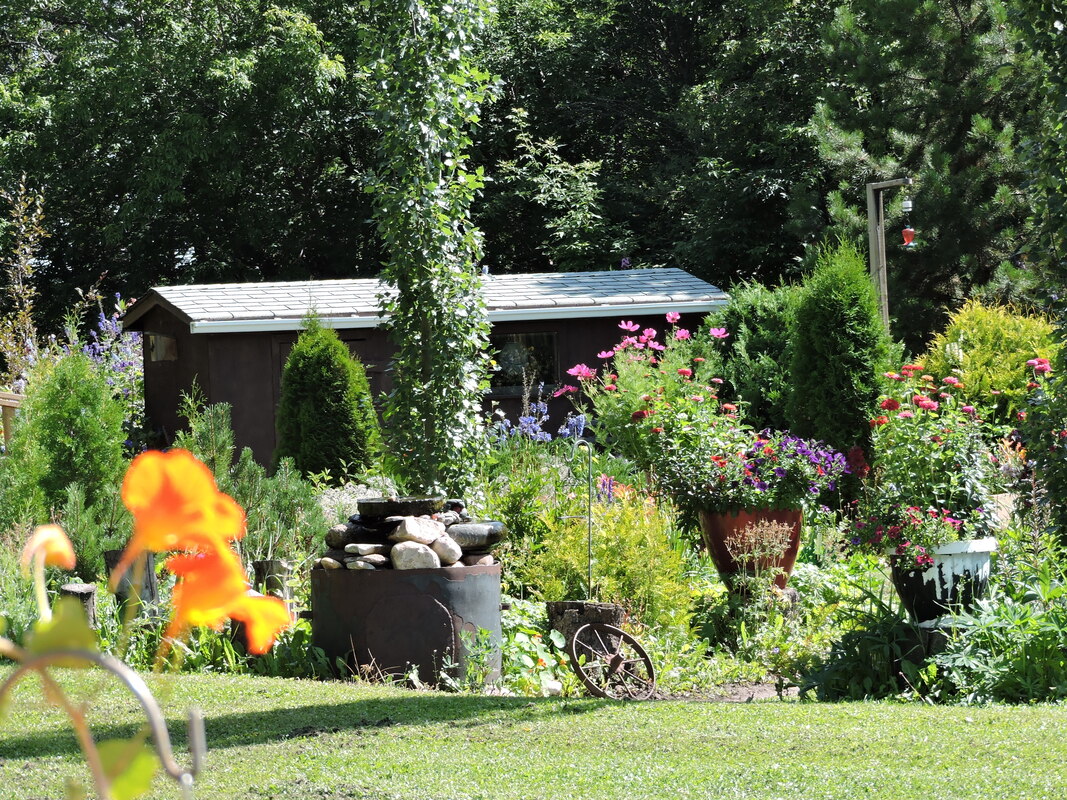 To give yourself the greatest odds of attracting hummingbirds, it's necessary to strategically place feeders that will increase your odds. Some regions are fortunate enough to see generous numbers of hummingbirds while others have to invest an enormous amount of effort just for the potential of having one solitary hummingbird arrive in their garden. Whether you're in the region that's densely populated with hummingbirds, or in a region where you rarely see them, here is one way that is sure to increase your population. I want you to think about it in this way. If you have a single hummingbird flying from the south and you have a single feeder tucked under the overhang of your home on the North side, you've greatly reduced the chances of that hummingbird spotting the feeder. If that's the only bird that happens to fly through your region, you've pretty much spoiled your chances. Although hummingbirds have remarkable vision it's impossible for them to see through buildings and dense forest. Islands or large clusters of flowers provide great targets that can easily grab the attention of any hungry hummer. Placing a feeder within those clusters is it great option, but to grab the attention of every possible hummingbird, you need to make those feeders visible from every direction. Raise feeders, place them on the outside of tree lines, place some in wide open spaces, and simply make them visible from every direction of your home. Don't worry about the fact that hummingbirds will be feeding from those feeders that are not visible from your home, because once they locate those feeders, it increases the chances of them sticking around, and once they do, they will familiarize them self with every location of your garden, and locate the feeders that you have near the house. Increase the visibility and you will increase your odds. 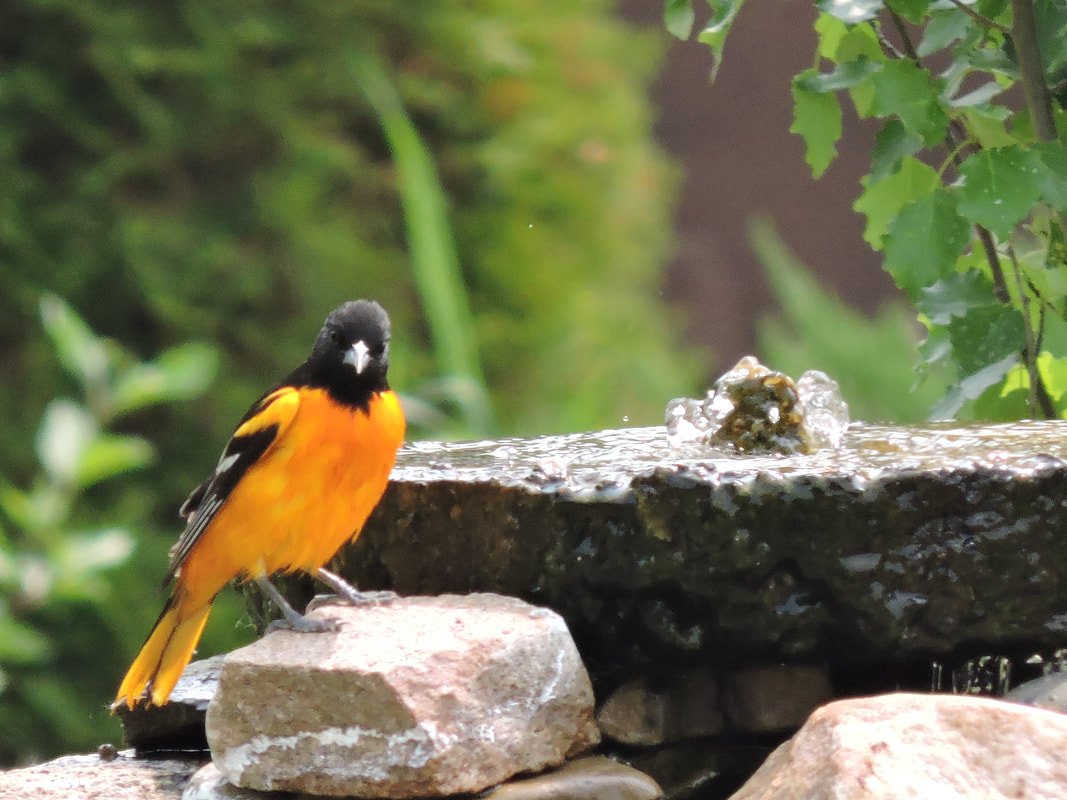 What seems like the most delayed Spring that I've ever seen, looks like it's finally here to stay. I've seen a couple Robins at their normal time, so now it's just a waiting game on the Springtime songbirds. For those that are waiting for the hummingbirds, they always seem to arrive within the same times as a select group of song birds. Many songbirds will arrive well before the rest, but there always seems to be a small group of birds that show up within the same 5 to 7 days as the hummingbirds. Here's something to keep track of this year - when your first hummingbirds show up, keep a close eye on which other birds made their first appearance within the same 5 days. In future years you will find it a pretty accurate tool of knowing when your hummingbirds will arrive. My special group of birds that I watch for are the Baltimore Orioles, Rose-breasted grosbeak, Goldfinch, House Wren and Barn Swallow. Your list will not be the same, as all birds have different Summer and Winter territories. But I can tell you that when these birds show up in my yard, the hummingbirds are near or somewhere mixed in. Another good method of knowing when the hummingbirds are near in future years is to immediately identify which flowers are blooming when they arrive this year. Some people go by a specific date, and in some regions this may be fairly accurate, but in other regions you may be out by as much as a month. Hummingbirds are known to follow certain blooms. So as these specific flowers open up in your garden, you'll know the hummingbirds are near. Some flowers have little to no value with hummingbirds, but some are soaked with sweet nectar, and are desperately sought out by hummingbirds. Watch for the signs and keep track, and in future years you will know precisely when the hummingbirds are near. Here sits a male Baltimore Oriole. They typically arrive within the same few days as the Ruby-throat hummingbird in my region. 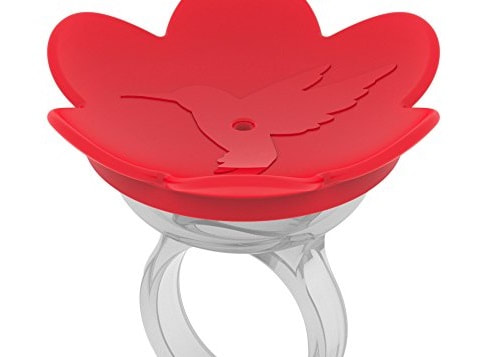 Getting to within inches of hummingbirds, feeling the wind from their wings on your face, can bring the smile to any child or grownup's face, but are there negatives to hand feeding hummingbirds? When we feed hummingbirds from feeders, there's virtually no risk of the sticky nectar getting stuck on their wings. When we don't use feeders, but simply a puddle of nectar in our hand, or an open cup, the risks increase dramatically. You may ask how the nectar would splash on their feathers, and it's quite simple when these birds are frequently battling over a limited supply of food. These birds aren't messing around when they're hungry. One can knock another off, or into an open food source with bad results. Just like when Vaseline or greases are used around feeders, sticky nectar can also cause harm to hummingbirds. Their wings move, flex, and bend at speeds we can't even see, and sticky nectar or a grease of any sort can be difficult to remove, but also causing an inability to fly properly, sometimes resulting or contributing in their death. I want to add something to this that I find equally as important. These birds are wild birds. They have predators out to get them all the time, and these predators can also include domestic pets. When we draw in these hummingbirds so close to us that they feel safe and secure nearby, we're creating a false sense of security in them that will put them in danger, perhaps not in your own yard, but in every other yard where they'll assume they are safe around people and their domestic pets. I've heard many stories of cats catching hummingbirds, and this is because young hummingbirds have not developed a fear of things they should. Feed these birds, but the well-being of them should be top priority if you choose to take the responsibility for feeding them. Attract them, admire and take care of them, but the best way to do it is from a distance. 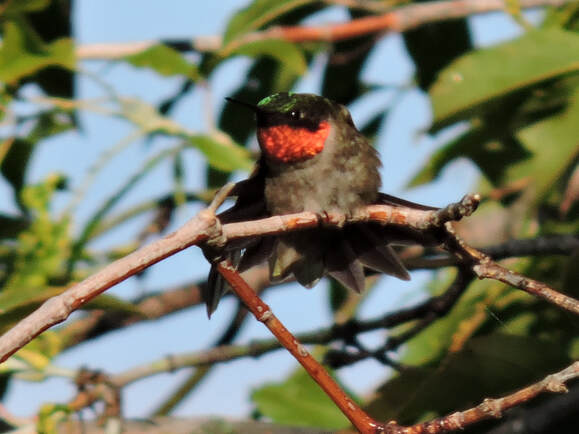 One by one the males start appearing in our gardens, and what may appear to be the male that dominated the previous year, may turn out to be just another contender for that territory. Many of the young males from the previous year are now of age to battle it out with the mature males from the previous season. Many of these battles will be unseen, but the victor will soon reveal himself by sitting above the garden, in plain view, ready to take on any intruder. He may encounter some weak competitors, and he may be in for the battle of his life, but in the end, the one who sits proudly in the open, fearless of anything that shows up in his garden, and sits high above the rest, will be the one that reigns supreme. He will know that he is the king of the garden, and wants all the others to be clearly aware of it. He will stand out among the rest and be known for a time as the leader to be feared. The reward for this victorious battle will be ownership of the feeders, flowers, water features and breeding rights for the remainder of that season. These are the battles the take place annually, and this is precisely the reason that multiple feeders should be spread out around your garden, but not all visible from one feeder. The dominant male will try and protect every feeder and flower. But to allow other hummingbirds feeding opportunities, it's important to have feeders spread out, some out of clear sight. Here Ziggy sits, very content on a branch out in the open, while he watches over the garden he fought so hard for. After several minutes of soaking up the morning sun, he stretches out those stiffened muscles and gets ready to move on to another perch, just to keep an eye out on every corner of his garden. July 20, 2019. N.E. of Edmonton, Alberta, Canada. Adult male Ruby-throat hummingbird. 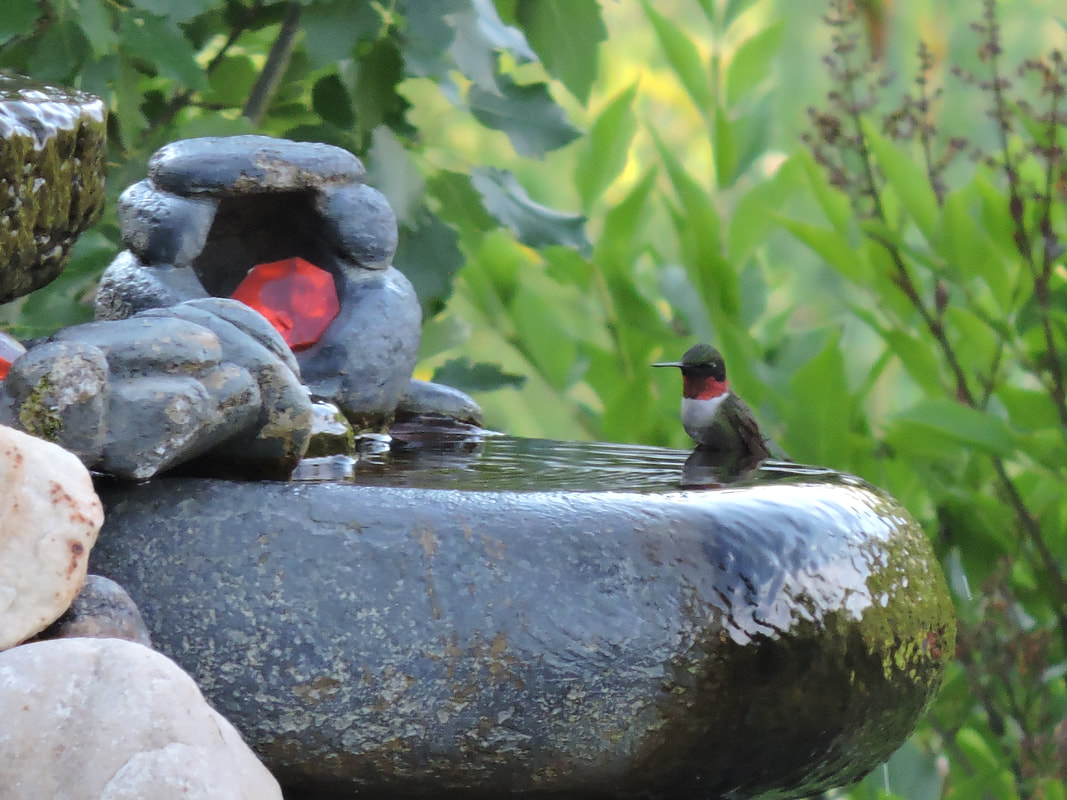 It's exciting to see hummingbirds showing up in gardens well to the south of me, but the snow continues to fall every day in my neck of the woods. It's not uncommon to have snow this time of year, but it's very uncommon for it to be a daily occurrence with temperatures well below freezing. Every morning when I get up, I check the forecast to see if there's any sign of Spring. I don't know about the rest of you, but Springtime is without a doubt my favorite season. It's the promise of life, new growth and the return of my favorite feathered friends. It's not just about hummingbirds for me, although they top the list, it's the song of every bird demonstrating just how happy they are to be alive. It's a chorus of chaos as they all sing their own song, with none of them in unison, but beautiful in their own way. I know Spring time has arrived in so many gardens south of me, and I love to see color and growth from every one of your gardens, as it truly inspires me as to what's yet to come. With all the greatness of Springtime, there's just one thing that makes Springtime in North America so perfect, the arrival of hummingbirds. This was not Ziggy's arrival first thing in Spring, but he sure did make it part of his daily routine. Here he sits on his fountain and displays his tuxedo proudly. July 9, 2019. Northeast of Edmonton, Alberta, Canada. |
Archives
June 2024
Categories
All
|
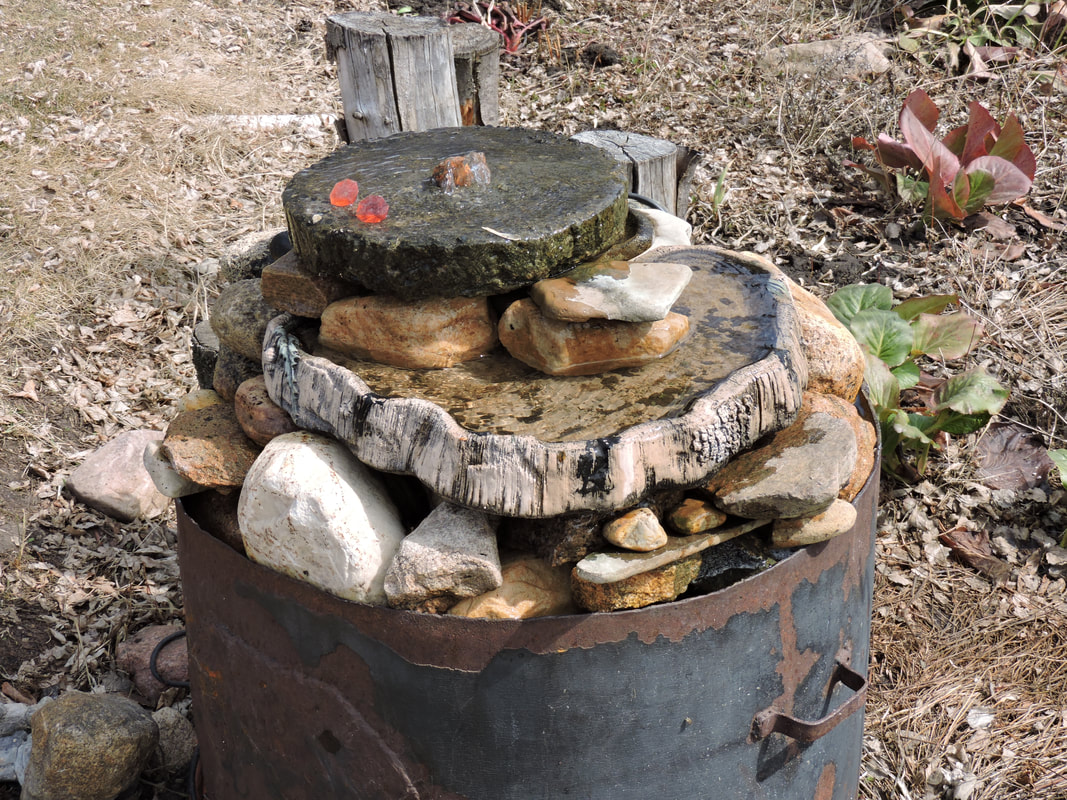
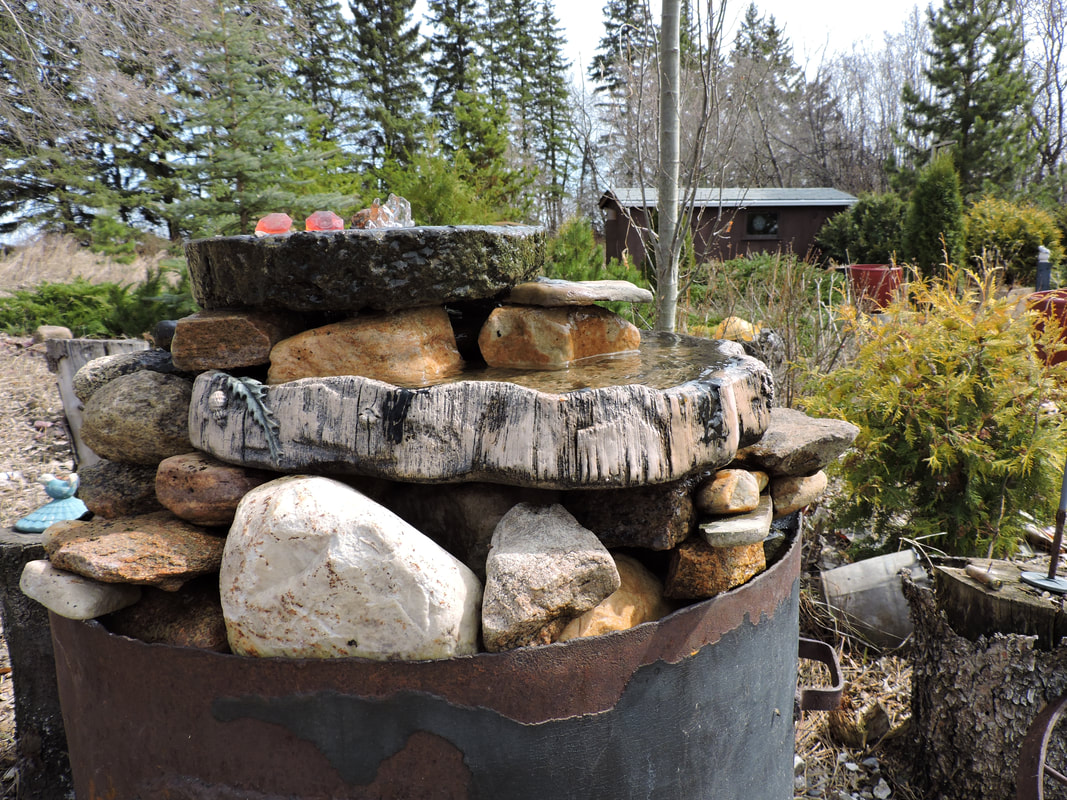
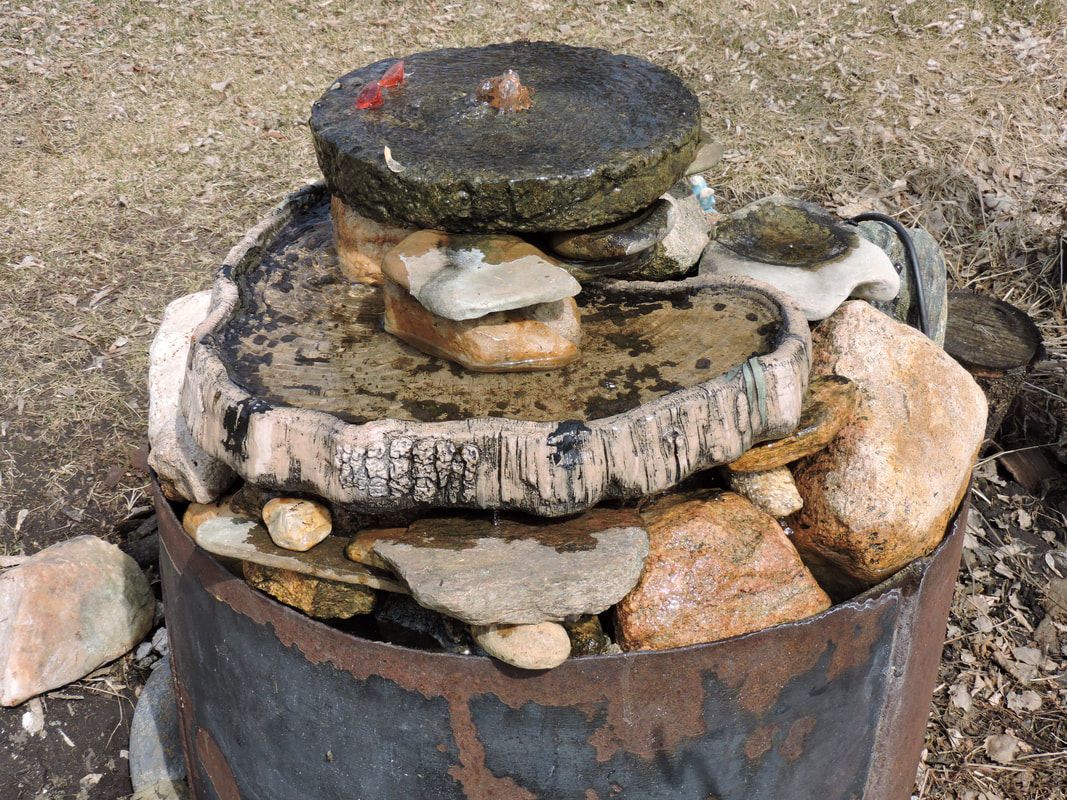
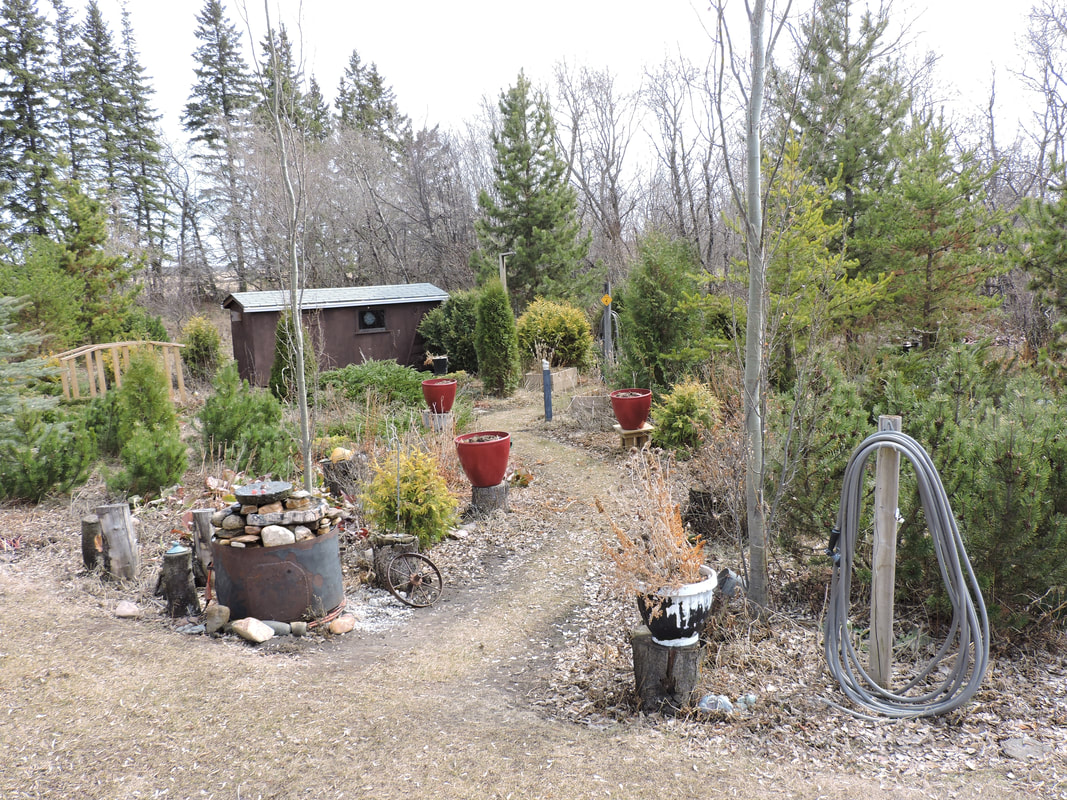
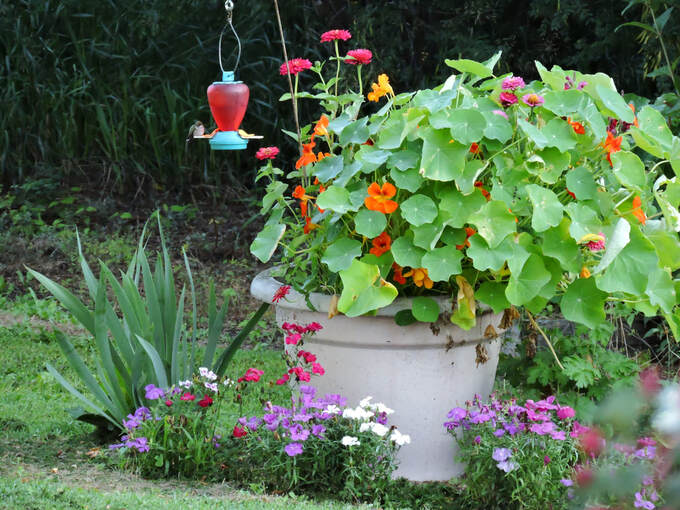
 RSS Feed
RSS Feed
